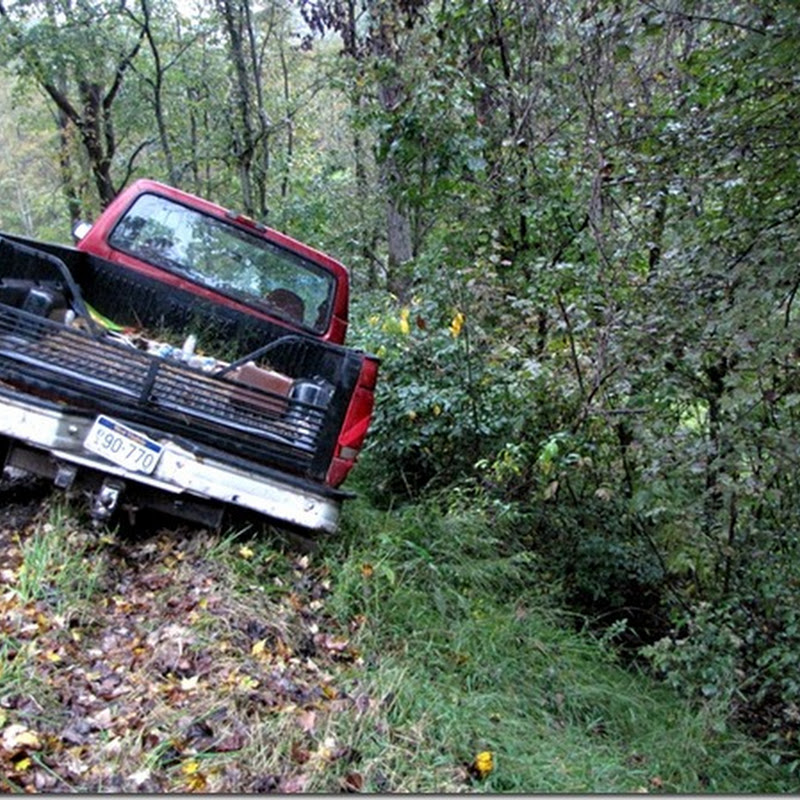Today is the Feast of Epiphany, the arrival of the Magi in Bethlehem and the wrap-up of the 12-day Christmas celebration. Bach's final cantata of the oratorio - Herr, wenn die stolzen Feinde schnauben (Lord, if proud enemies rage) - is appropriately triumphant, with a hint of warning. After all, the next liturgical "season" is Lent and Easter-tide, the death and resurrection. So in the midst of the triumphant celebration of the birth of the Messiah there's an allusion to the evil deeds of Herod and the coming Passion season - Bach ends the cantata with a triumphant version of his Passion Chorale; while it's celebratory, it's also a version of Bach's most potent lament for the death of Christ. Here's Simon Crouch on this cantata:
The final part of the Christmas Oratorio opens in grand festive spirit with a glorious chorus complete with full orchestra, trumpets and drums pounding and leaping over the top! The immediate question may be asked, in the light of the parody nature of most of the rest of the Christmas Oratorio as to whether the music in this fine cantata is borrowed from elsewhere. Most seem to think that it is but, alas, the model for such a parody is lost. Nonetheless, the evidence seems so compelling that there is even a catalogue number BWV 248/VIa for this hypothetical work.The first recitative sees Herod calling the Wise Men before him to order them to seek out the Messiah so that he may worship Him, and the immediately subsequent recitative reflects accusingly on Herod's false motives. The elegant triple time soprano aria which follows expresses well the power of God's hand. The next recitative sees the Wise Men departing, following the star and finding Jesus. They worship him and the chorale which follows offers a crib-side prayer to the new born. The next recitative tells of the dream warning the Wise Men to avoid Herod and of their flight. The long and fine recitative which follows reflects on the relationship between the soul and Jesus and leads into the final tenor aria in which the strength of faith is celebrated. Perhaps this aria is too low key at this point in the cycle, something more upbeat and splendid would be more structurally satisfying. A final recitative, involving all of the soloists in turn, leads into the outstanding final chorus. What a way to end the cycle! This is one of Bach's most splendid creations and easily his best and most exciting chorale setting. The Passion Chorale is turned into a song of triumph. When I die, should I be granted the choice, the last thing I wish to hear is Ich habe genung (BWV 82) and when I get to the Pearly Gates (even if I'm refused admission!) I want to hear this playing!Copyright © 1999, Simon Crouch.
As a bonus, here's the late Craig Smith of Emmanuel Music on the Lenten implications of this cantata:
The last part of the Christmas Oratorio was written for the Epiphany. While the narration is concerned with the arrival of the wise men, much of the music exhibits a darker cast heading toward Lent. The opening chorus has a complexion that is both passionate and vertiginous, going in one direction then veering off unexpectedly in another, as befits the text, which is concerned with the treachery of Herod. After a bit of narration, the soprano sings an acompanied recitative and aria, rather abstract in its comdemnation of Herod and its pronouncement of God's power. The aria is a wonderful piece, full of the trickiest phrasing and unexpected ideas, very much in the manner of the opening chorus. After more narration and a chorale setting, Bach abandons the three kings, and in the tenor recitative and aria again concentrates on the treachery of Herod. The little four-voice recitative is thirty seconds of magic and leads into the astonishing final chorus, a triumphant trumpet-and-drum affair in which is imbedded the Passion Chorale. The Christmas Oratorio begins and ends, significantly, with the Passion Chorale, much in the manner of many nativity paintings of the period which show in the background a little sapling growing which is meant to be the tree of which the cross will be made.
©Craig Smith
To wind up this visit with one of Bach's greatest works, we'll return to the performance of the oratorio by the Norwegian Chamber Orchestra under the direction of Peter Dijkstra. Enjoy!
Photo © 2008 by A. Roy Hilbinger
































No comments:
Post a Comment